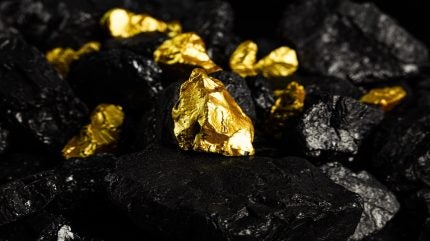
In the search for ways to fight methylmercury in global waterways, scientists at Oak Ridge National Laboratory discovered that some forms of phytoplankton are good at degrading the potent neurotoxin.
Phytoplankton, or microalgae, are known as accumulators of methylmercury. The plankton introduce methylmercury into the food chain, where it makes its way to fish and eventually to humans. But researchers found that some forms of phytoplankton are also good at detoxifying methylmercury, even where there is no sunlight.
“We already knew that bacteria and photochemical processes can demethylate methylmercury, but we proved that phytoplankton alone could do the job,” said ORNL’s Baohua Gu.
“The global mercury cycle is very complex, with lots of reactions taking place,” said ORNL’s Alex Johs. “Here we’ve discovered a new mechanism that can be used to improve the prediction and accuracy of mercury-cycling models to better assess risks to human health and the environment.”
Republished from ORNL, U.S. Dept. of Energy. By Stephanie Seay.
I don’t like paywalls. You don’t like paywalls. Who likes paywalls? Here at CleanTechnica, we implemented a limited paywall for a while, but it always felt wrong — and it was always tough to decide what we should put behind there. In theory, your most exclusive and best content goes behind a paywall. But then fewer people read it! We just don’t like paywalls, and so we’ve decided to ditch ours. Unfortunately, the media business is still a tough, cut-throat business with tiny margins. It’s a never-ending Olympic challenge to stay above water or even perhaps — gasp — grow. So …




